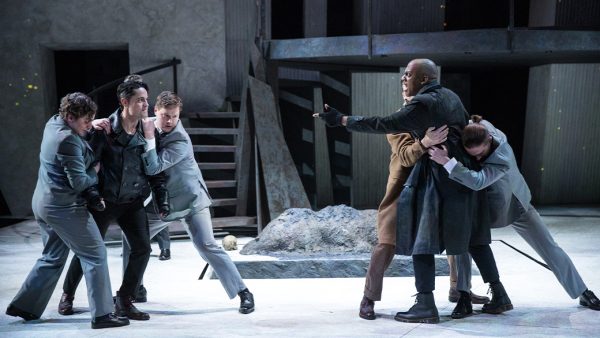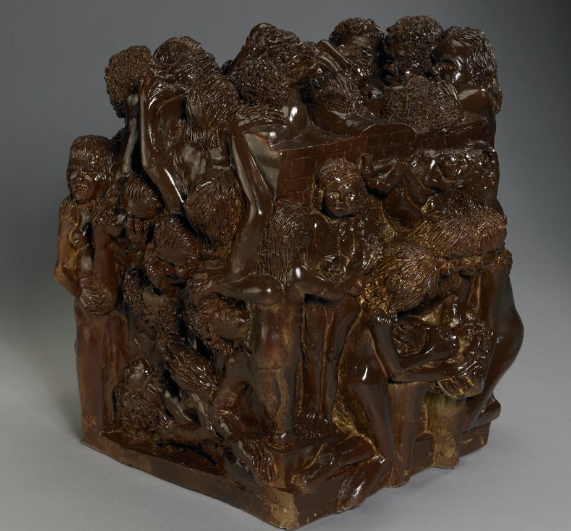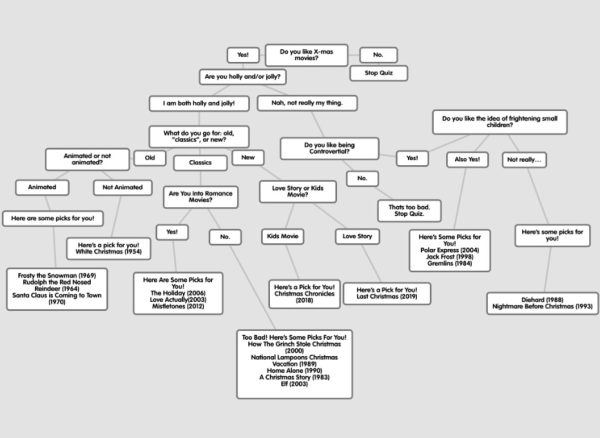Music’s Enlivening Effects on Students in a Traditional Classroom Setting
October 27, 2017
When a person hears the word “music,” they might not immediately associate it with having any importance or value in education. But in reality, music plays a larger role at MHS than most people think. Music has the ability to influence learning in ways you might not even be aware of.
First of all, implementing music in a classroom setting helps create a better learning environment for students. Juan Pablo Salcedo, a Social Studies teacher here at MHS says, “Without positive energy and without a positive mood in the classroom, it is difficult to learn anything, even to pay attention.”
Salcedo creates a positive learning environment by playing music before class starts, and learning about his students’ musical interests so that he can play music the students enjoy as well. Having music in classrooms also encourages student participation, and makes students feel comfortable in class.
Juan Pablo Salcedo also says, “Once students are comfortable in class, it makes it easier for them to ask questions about course content.” Using music as a learning tool within the classroom makes content easier to understand.
MHS student, Anna Geldert,‘20, acknowledged that having music in the classroom “helps [her] better understand a concept.” She added that having a lesson where music is involved is “more laid back, but still gives you all of the information you need.”
The only possible cons involved are that music may distract the students if the course is very academically challenging, or if students are overly passionate about a song, it can be hard to get them back on track. According to Salcedo, however, “the pros greatly outweigh the cons.”
If you have never experienced music in a classroom setting, or you are against it for one reason or another, keep an open mind the next time a musical opportunity arises.































